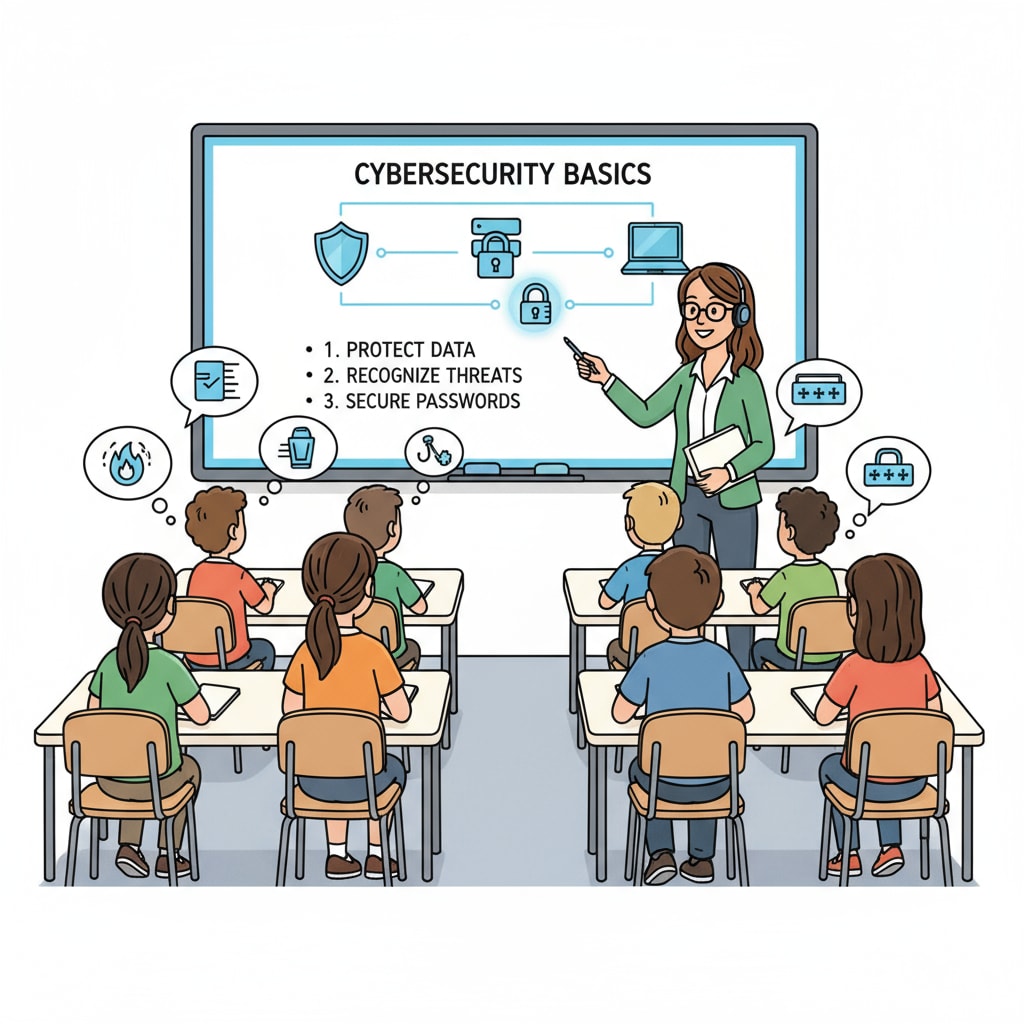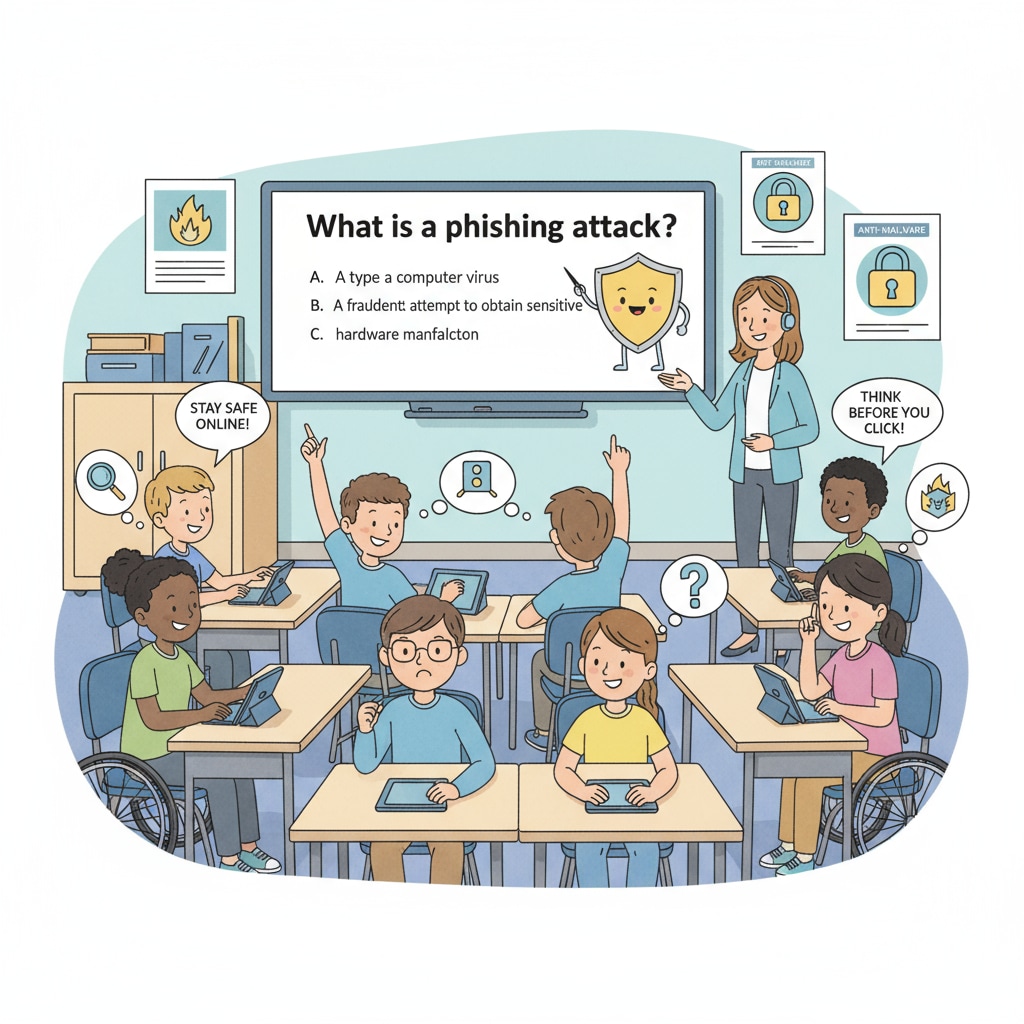Cybersecurity education, student engagement, and teaching experience play crucial roles in equipping K12 students with the knowledge and skills to navigate the digital world safely. In today’s technology-driven era, students are constantly exposed to various online risks. Thus, it’s essential to find effective ways to teach them about cybersecurity.

Understanding the Importance of Cybersecurity Education for K12 Students
Cybersecurity threats are on the rise, and K12 students are not immune. They are often targets due to their lack of awareness. For example, cyberbullies might target young students on social media platforms. Educating them about cybersecurity helps build a foundation for safe digital behavior. According to TechTerms’ definition of cybersecurity, it encompasses protecting systems, networks, and programs from digital attacks. This knowledge is fundamental for students as they start to explore the online world.
Key Factors in Attracting Student Attention
To ensure high student engagement in cybersecurity education, several factors need to be considered. Firstly, making the content relatable is vital. For instance, using real-life examples of cyber incidents that students might have heard of can capture their interest. Secondly, interactive teaching methods are more effective than traditional lectures. Activities like cybersecurity quizzes or group discussions can encourage students to actively participate. Additionally, presenting information in an age-appropriate manner is crucial. Younger students may need simpler explanations and more visual aids, while older students can handle more complex concepts.

Common Mistakes to Avoid
Educators sometimes make mistakes that can hinder student engagement. One common error is overwhelming students with too much technical jargon. Complex terms can make the subject seem daunting and unappealing. Another mistake is focusing solely on theory without practical applications. Students need hands-on experiences to truly understand cybersecurity concepts. Moreover, failing to adapt the teaching style to different learning paces can lead to some students falling behind and losing interest.
Enhancing “CYA Security” and Similar Programs
Programs like “CYA Security” can be optimized to better serve students. Educators can collaborate with industry experts to bring real-world insights into the classroom. This could involve guest lectures or workshops. In addition, integrating cybersecurity education into existing curriculum subjects can make it more seamless. For example, connecting it with computer science or even social studies lessons. By doing so, students can see the practical relevance of cybersecurity in different aspects of their academic and future professional lives. As stated on The National Education Association’s page on student cybersecurity, such integrations can enhance the overall learning experience.
Readability guidance: By following these strategies, educators can improve student engagement in cybersecurity education. Using relatable content, avoiding common mistakes, and enhancing existing programs will contribute to students developing a strong foundation in cybersecurity. This knowledge will not only protect them in their current digital interactions but also prepare them for future careers in the digital field.


